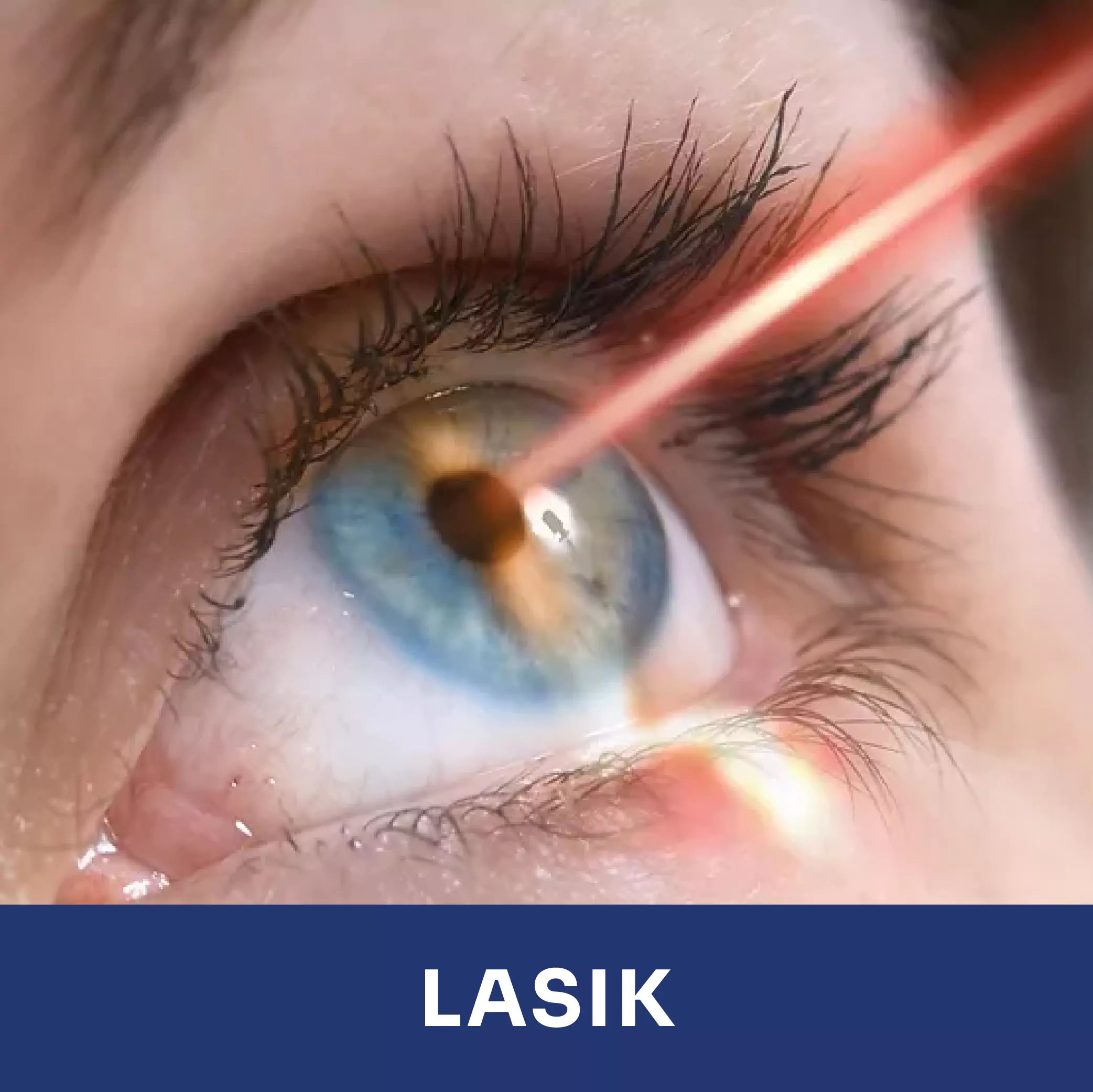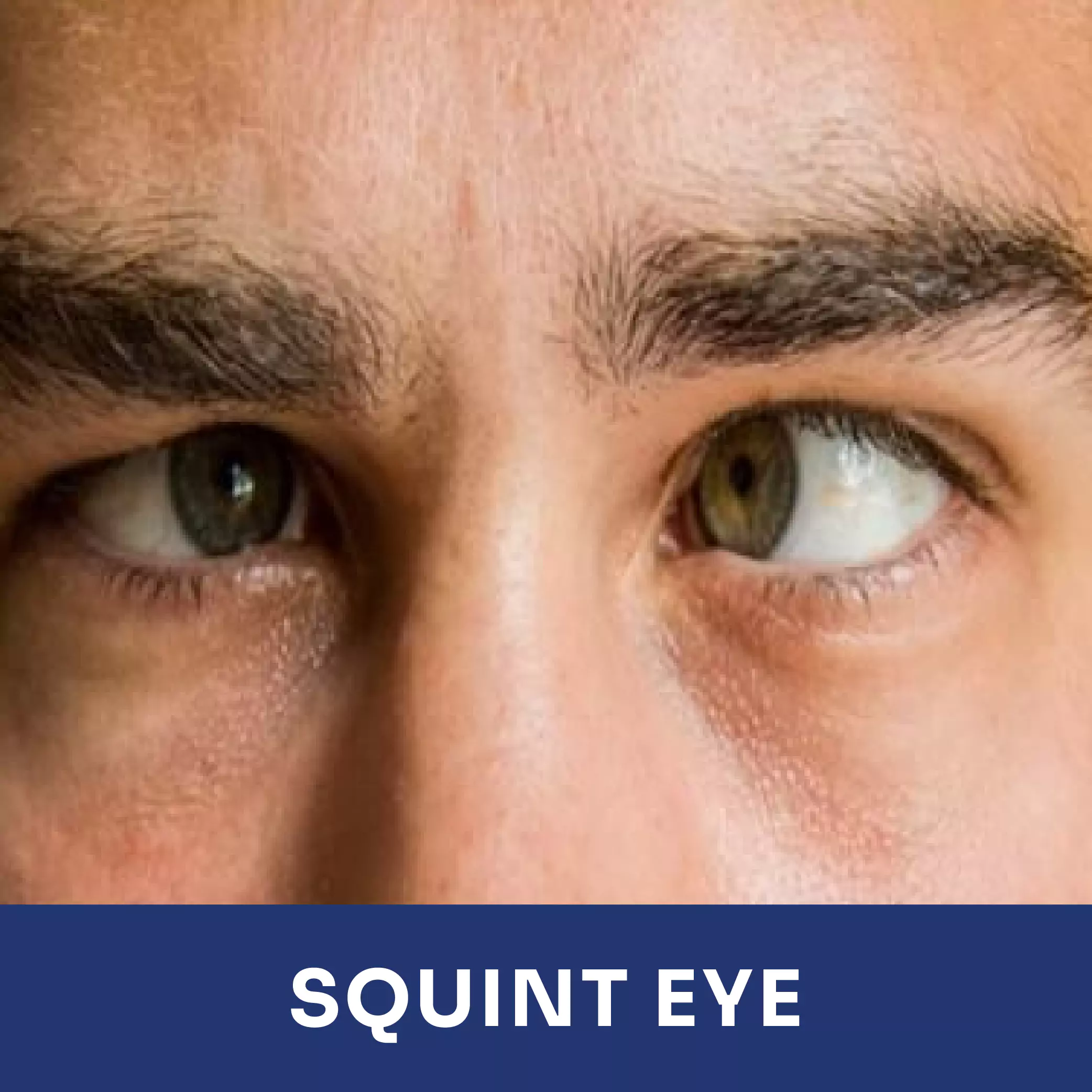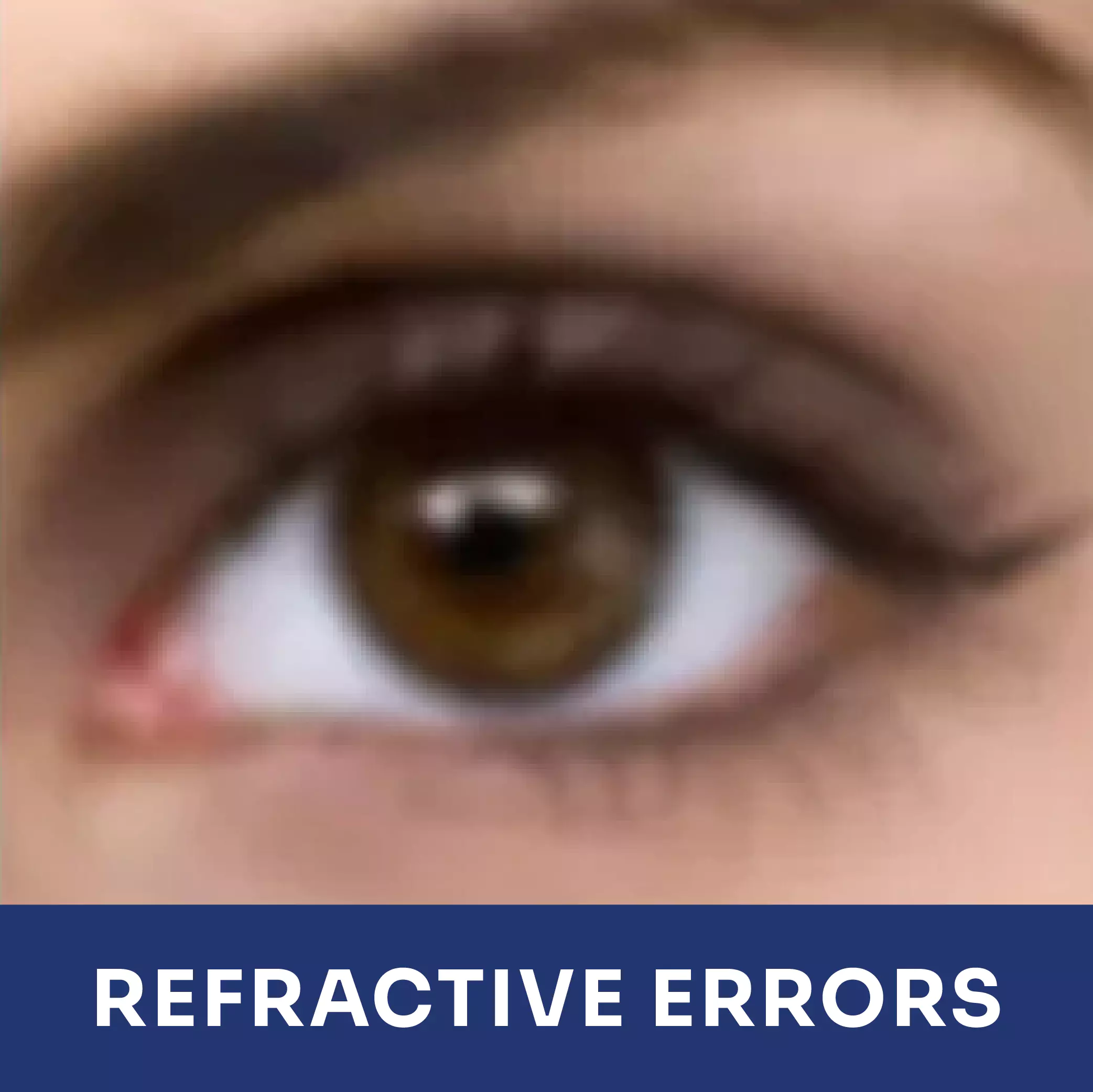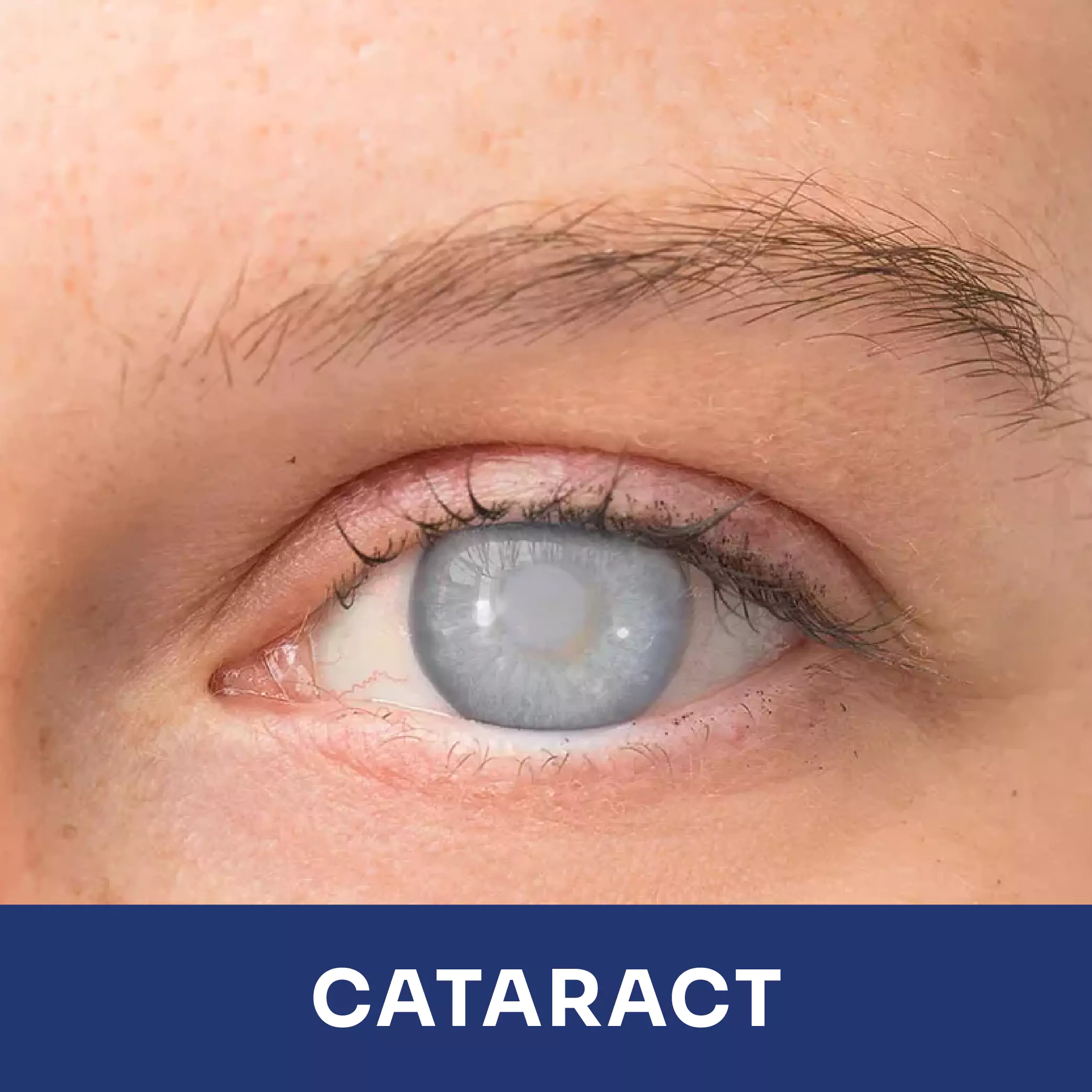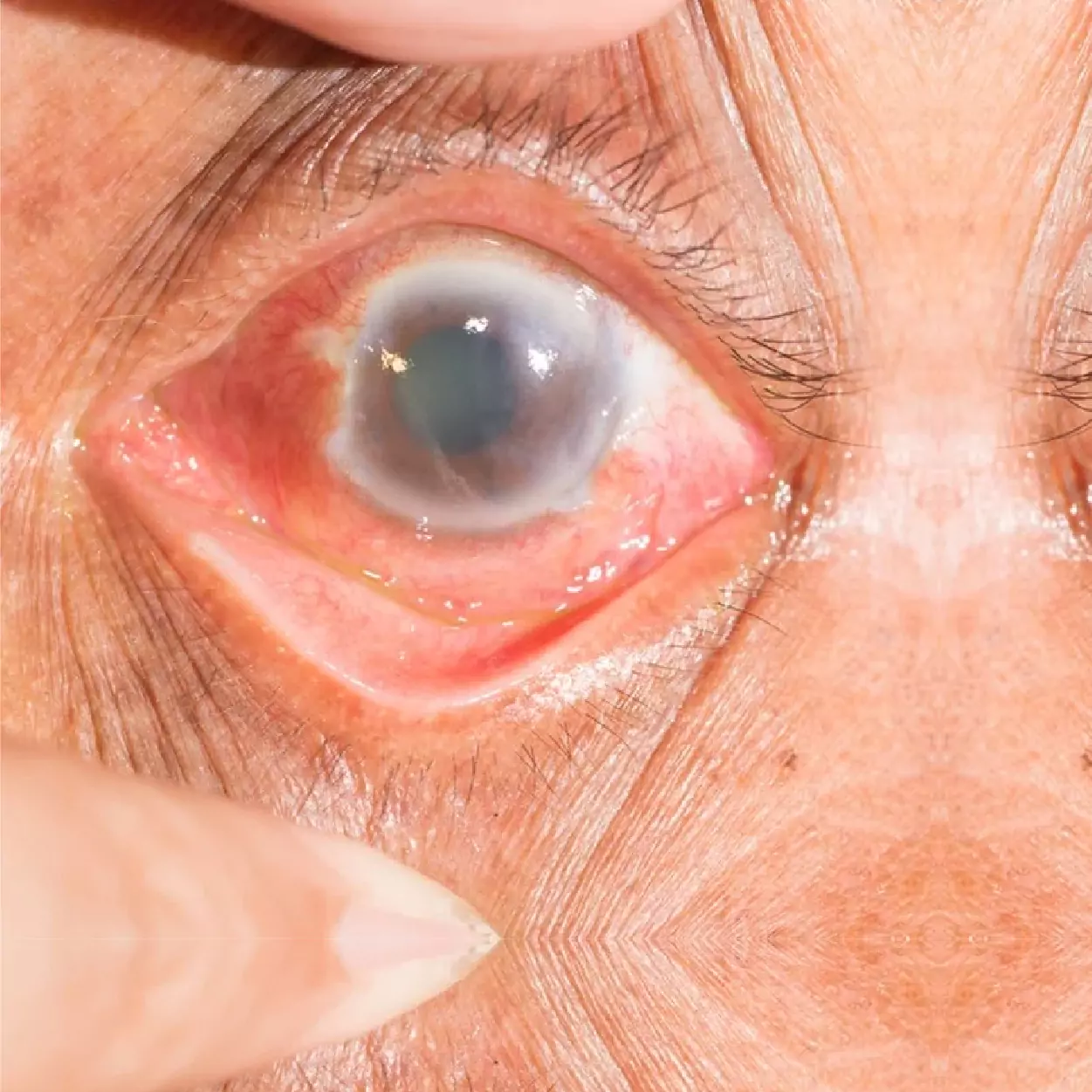
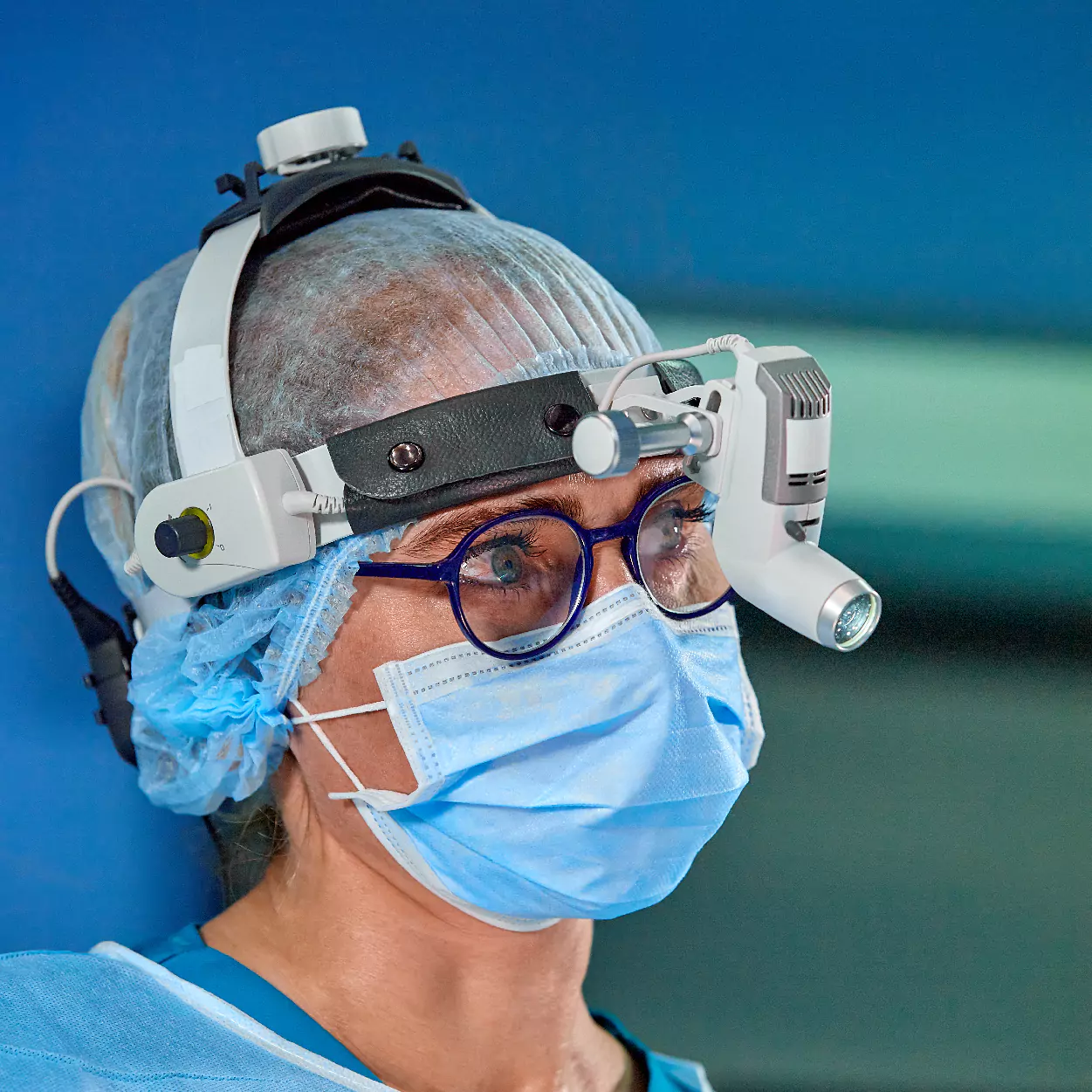
What is Glaucoma?
Glaucoma is a group of eye conditions that damage the optic nerve, often caused by abnormally high pressure in the eye. It can lead to vision loss if not treated early.
Discover everything you need to know about Glaucoma’s condition and how we can treat it.
Symptoms
Glaucoma often has no early symptoms, but regular eye exams can help detect it. Here are some common symptoms:
- Gradual Vision Loss: Often starting with peripheral vision.
- Eye Pain: Especially with acute angle-closure glaucoma.
- Redness in the Eye: This can be a sign of increased pressure.
- Halos Around Lights: Seeing halos or rainbow-colored circles.
- Blurred Vision: Especially in low light conditions.
- Nausea or Vomiting: Accompanied by severe eye pain.
Causes
Glaucoma can be caused by various factors, often related to increased eye pressure. Common causes include:
- Increased Intraocular Pressure: Due to fluid buildup in the eye.
- Genetics: Family history of glaucoma.
- Age: More common in people over 60.
- Medical Conditions: Such as diabetes, heart disease, and high blood pressure.
- Eye Injuries: Past injuries can affect eye pressure.
- Prolonged Use of Corticosteroids: Can increase the risk.
Impact
Living with untreated glaucoma can significantly impact your quality of life. Here’s how it can affect you:
- Peripheral Vision Loss: Difficulty seeing things to the side, making driving and moving around harder.
- Dependence on Others: As vision worsens, you may need more help with daily activities.
- Safety Concerns: Increased risk of falls and accidents due to impaired vision.
- Difficulty in Recognizing Faces: Social interactions can become challenging.
Diagnosis
- Tonometry: Measures the pressure inside your eye.
- Ophthalmoscopy: Examines the shape and color of the optic nerve.
- Perimetry: Tests your peripheral vision.
- Gonioscopy: Examines the drainage angle of your eye.
- Pachymetry: Measures the thickness of your cornea.
Treatments
- Medications: Eye drops or oral medications to reduce eye pressure.
- Laser Therapy: Laser trabeculoplasty improves fluid drainage.
- Surgery: Procedures like trabeculectomy create a new drainage path for fluid.
- Minimally Invasive Glaucoma Surgery (MIGS): Newer, less invasive options.
- Lifestyle Changes: Regular exercise, healthy diet, and avoiding smoking
Frequently Asked Questions?
What is Glaucoma?
Glaucoma is a group of eye conditions that damage the optic nerve, often due to high eye pressure, leading to vision loss.
How do I know if I have Galucoma?
Regular eye exams are crucial as glaucoma often has no early symptoms. Vision loss may be gradual and unnoticeable initially.
What are the risks of untreated Galucoma?
Untreated glaucoma can lead to permanent vision loss and blindness. Early detection and treatment are key to preserving vision.
How is Galucoma treated?
Treatments include medications, laser therapy, and surgery to lower eye pressure and prevent further optic nerve damage.
Is Galucoma hereditary?
Yes, a family history of glaucoma increases your risk. Regular eye exams are important for early detection if glaucoma runs in your family.
Can Galucoma be cured?
There is no cure for glaucoma, but treatments can effectively manage the condition and prevent further vision loss.
Manage Glaucoma with Advanced Care Solutions from SeeClearly’s Trusted Eye Experts
Protect your vision from glaucoma with advanced treatments and regular monitoring. Our network of specialists offers expert care.
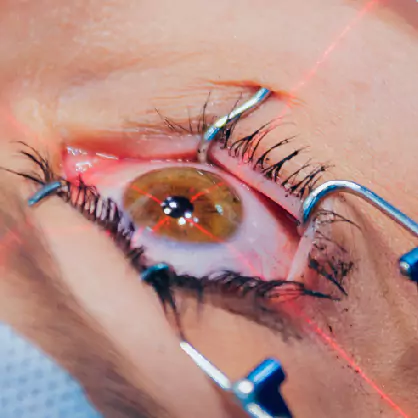
Control Galucoma
Get advanced glaucoma care to safeguard your vision. Schedule a consultation with our trusted eye care specialists.

